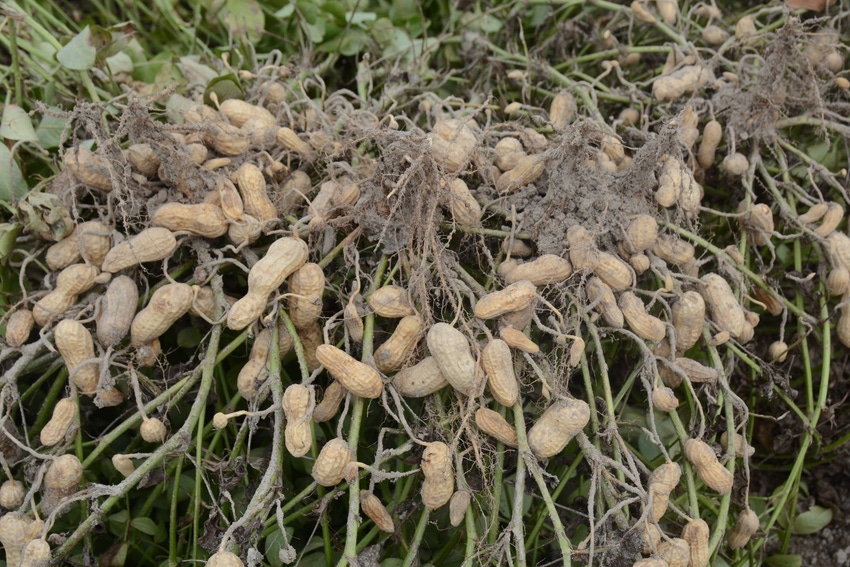
North Carolina State University Extension Peanut Specialist David Jordan gave peanut farmers a refresher course on maximizing yields and profits at this year’s virtual peanut meetings.
One key takehome message Jordan delivered is the importance of maintaining a soil pH between 5.8 and 6.2 in peanut fields.
“What I would encourage you do if you’re getting your recommendation for lime based on a composite sample from a field, lean towards liming to get to 6.2 and not just get to 5.8 or 6.0. Part of that is so you capture those lower pH areas in the field, because you want to get all the field up to 5.8 or higher. I would definitely lean on the higher side. We don’t worry as much about high pH as we do low pH,” Jordan said Feb. 10.
It is important to make sure all pockets of the field are in that 5.8 to 6.2 pH range. “You’re going to get more out of your investments in the gypsum if you get you pH levels where they need to be,” Jordan said.
Essentially, Jordan said peanut plants grow better in higher pH soils. Also, inoculants are more effective in soils with pH levels of 5.8 to 6.2 in fixing nitrogen.
Inoculants are particularly important in new peanut fields. Jordan said inoculant treatments offer a 40-to-one economic benefit in new peanut fields. But inoculants are also important in all fields with a history of peanut production.
“In a new field you don’t have the native bacteria, so you need to put the inoculant out. If you don’t, you’re going to have 60 percent of the yield potential,” Jordan said.
“Our recommendation has been for a long time to inoculate no matter what. Field history is not always a good predictor of whether you’re going to get a response,” he added. “We often see a four to one economic benefit from inoculation in fields that have a previous history of peanut production.
Jordan urged famers to be careful when applying magnesium and potassium to peanuts, but if the soil test calls for magnesium and potassium you need to make an application. He encouraged peanut farmers to apply potassium as needed, but to make sure they have a good gypsum program in place as well.
He also urged caution about excessive zinc concentrations to farmers who apply animal waste as part of their fertility program. He stressed that peanuts are ultra-sensitive to excessive zinc compared to other major crops grown in North Carolina.
Also, Jordan emphasized the importance of planting in May, as close to May 15 as possible. Data shows that planting right in the middle of May seems to be the sweet spot for best overall yields.
A seeding rate of five-seed per foot in 36-inch rows is important. “The bottom line is to make sure you get four plants per foot at a minimum. It doesn’t hurt to have five plants per foot,” Jordan said.
About 70 percent of North Carolina peanut acreage is conventionally tilled while 30% is under conservation-tillage. “If that system works for you and you’ve looked at reduced-till and it works, certainly keep doing that,” Jordan said.
To recap, Jordan's highlights from this year's peanut meetings were:
Maintain a pH between 5.8 to 6.2.
Apply nutrients based on soil tests.
Establish at least four plants per row foot on 36-inch rows.
Control pests using IPM to suppress pests.
Establish good rotations and crop sequences.
Conventional-tillage in most cases unless you have developed an effective system.
Irrigate if possible.
Plant improved varieties in May.
Apply calcium at pegging.
Apply manganese and boron as needed.
Inoculate with Bradyrhizobia for biological nitrogen fixation.
Avoid excessive magnesium and potassium.
Avoid fields with zinc.
Dig and harvest in a timely manner.
About the Author(s)
You May Also Like






